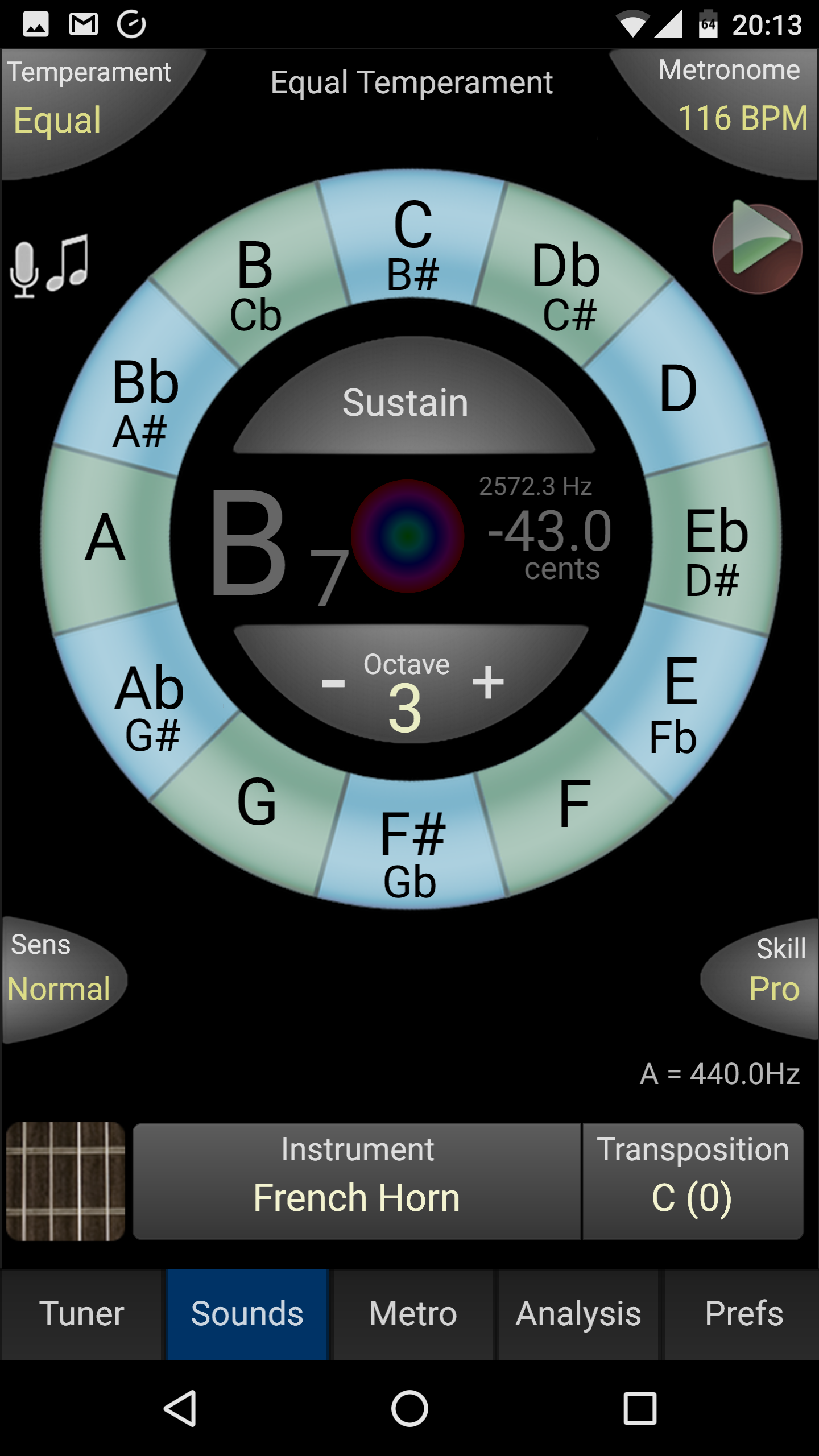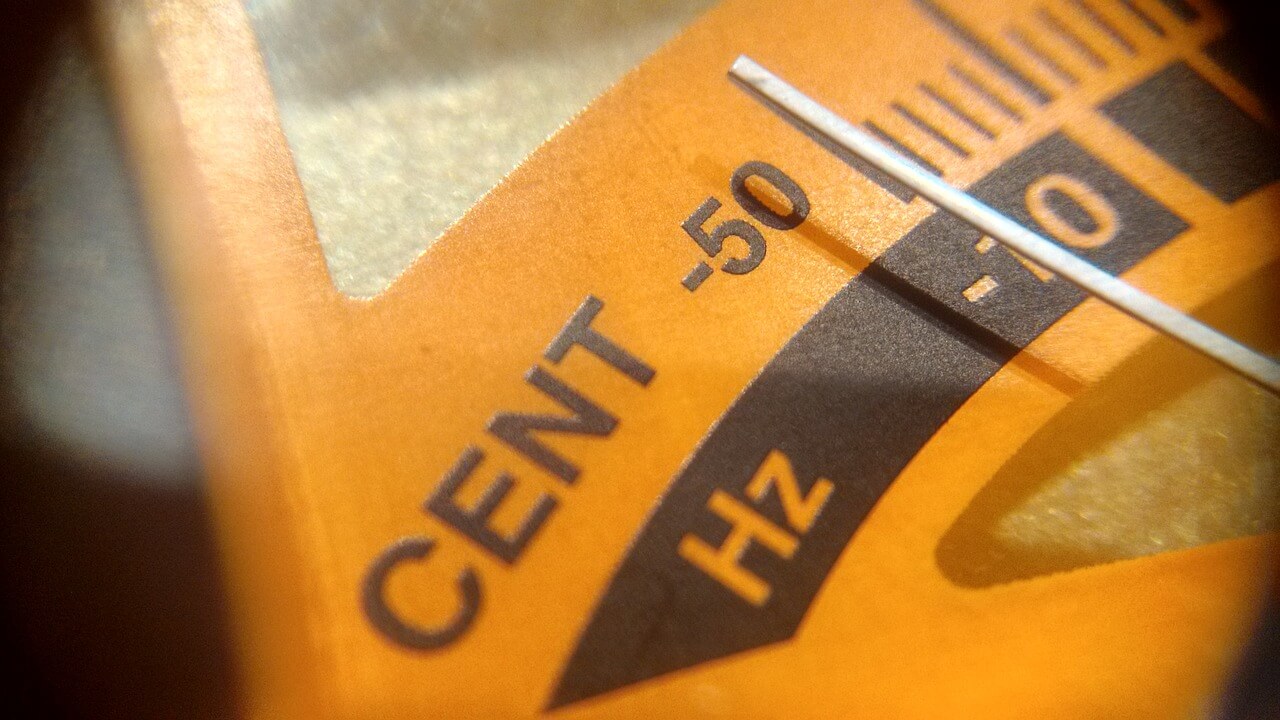The Acoustical Society of America recently helped out horn players the world over by publishing an article in 2014 in their Journal of the Acoustical Society of America (JASA) titled: The effect of nearby timpani strokes on horn playing. This study, performed by Jer-Ming Chen, John Smith, and Joe Wolfe from the School of Physics, The University of New South Wales in Australia, takes a scientific look at a phenomenon horn players are all-to-familiar with.
Horn-Timpani Interaction : The Abstract
Here is the abstract, from the original paper published in JASA:
Horn players have observed that timpani strokes can interfere disruptively with their playing, especially when they are seated close to the timpani. Measuring the horn’s transfer function in the bell-to-mouthpiece direction reveals that the horn behaves as an acoustic impedance matching device, capable of transmitting waves with pressure gains of at least 20 dB near horn playing resonances. During moderate to loud timpani strokes, the horn transmits an overall impulse gain response of at least 16 dB from the bell to the mouthpiece, while evidence of non-linear bore propagation can be observed for louder strokes. If the timpani is tuned near a horn resonance, as is usually the case, further bore resonance interactions may be observed leading to gains of 26 dB from bell to mouthpiece. Finally, measurements of horn playing made under conditions approximating playing reveal that timpani strokes sounding near the horn bell are capable of disrupting horn playing by affecting the amplitude, periodicity, and frequency of the pressure signal generated at the horn player’s lips. Copyright 2014 Acoustical Society of America.
Horn-Timpani Interaction : The Test
To test this phenomenon, they used a horn suspended above a timpani:

The first test was measuring the sound pressure levels in both the bell and the (sealed) mouthpiece by using small microphones – no hand was used in the bell during this test, and the horn was not sounding a note. In this test the timpani played a variety of notes (from concert F2 all the way up to D3) from p to f in volume, in order to find pitches that most transferred into the mouthpiece microphone.
They then replaced the sealed mouthpiece and microphone with a normal mouthpiece and a small piezoresistive pressure transducer which is capable of accurately measuring up to 177 dB. There is still no hand in the bell, but they use two horn players to play a few notes (concert pitches F2, C3, and Bb2) at p to mf dynamics, while the timpani, which was tuned to the same notes (sometimes +/- 70 cents) was played at mf to ff dynamics.
Finally, the take the instrument down and set it up similar to the setup in a small pit or stage – with the horn player seated in normal playing position, about 1 meter in front of the tympani, with the bell pointed at the tympani.
Horn-Timpani Interaction : Test Results
While I’m not going to go in depth on all the findings – if you are interested in acoustics you should check out the JASA‘s article – it wouldn’t give too much away to say that all three tests found that there is, indeed, a disturbance in the mouthpiece and the bell caused by timpani. The degree of disruption both felt by the player and heard by all depend on several factors: the distance between the horn and timpani, the volume that each are playing, the notes played by each, and their relative intonation to each other.
According to the results, loud dynamics and unison (or near-unison) notes – both of which are not uncommon – provide the worst interference. I say “near unison” since a portion of the tests involved the timpani tuned flat by up to 95 cents. In these situations, whether the dynamics were loud or quiet, the timpani “pulls” the horn note down to more closely match – flatting the pitch by almost a semitone for one second with a single timpani stroke – a sustained roll would cause a much larger amount of problems for the horn player!
Bonus – The Effect of the Right Hand
As a bonus, the online addendum to this paper not only includes audio examples of several of the interactions, but it also includes a chart showing the relative impedance spectrum at the mouthpiece of an F and a Bb horn with and without the hand in the bell:
These charts both show the harmonics or overtones for the respective open horn (F or Bb). Each peak represents a note “center”. You can easily see how having the hand outside of the bell in the upper register of the Bb horn causes the peaks to quickly vanish. This means that the notes above (approximately) high G or A will be undefined and have a tendency to wander quite badly. The lesson here – if you want (or need to) play high – get your hand position right!
These charts come from Vocal Tract Interactions in Woodwind Performance a 2009 PhD thesis by Jer-Ming Chen.







